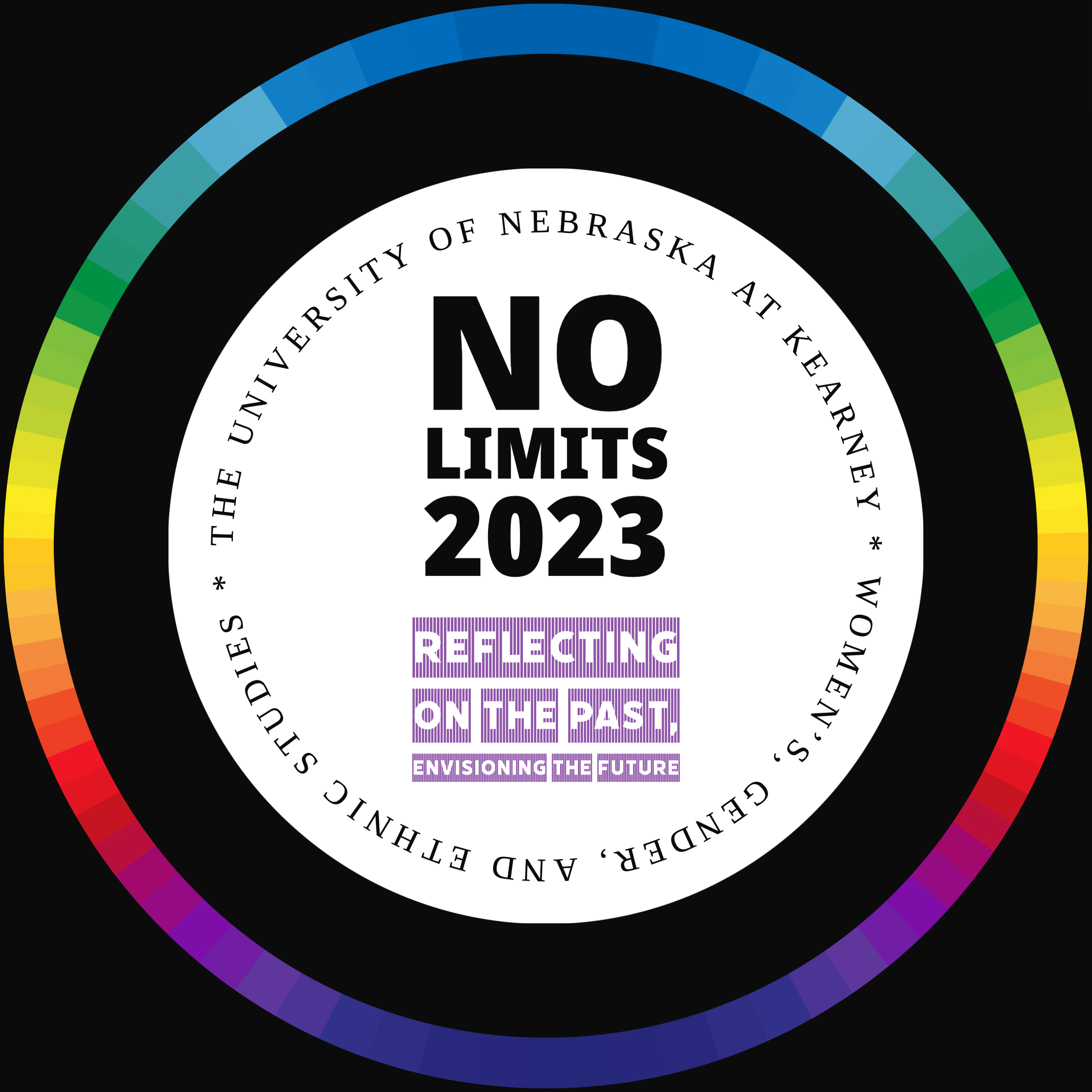The Missing Women of Nebraska: Rhetorical Invisibility in the Leschinsky Archives
Location
Ponderosa Room C
Presentation Type
Presentation
Presentation Topic
Composition and Rhetoric, Archives, Digital Archives, Women's History
Start Date
3-3-2023 2:30 PM
Event Sort Order
40
Abstract
This presentation looks at the “rhetorical invisibility” in the Leschinsky glass plate negative collection held within the Stuhr Museum archives – particularly, the way that women’s identities and the historical records that represent them are sidelined in favor of more patriarchal accounts of history. One of the most prominent photographers in Hall County, Nebraska from 1880s to 1930s, Julius Leschinsky took hundreds of thousands of portraits within his life. The Stuhr Museum has access to nearly twenty-eight thousand of those portraits, in the form of glass plate negatives, which they are currently working to digitize into the archives – a project that I am in charge of. Though many of these portraits are of Nebraska women, their identities are often missing from Leschinsky’s records and in turn, their full histories cannot be included within our digital archives.
Scholars in composition and rhetoric call this “rhetorical invisibility” – a loosely collated term that addresses how women, LGBT+ folks, PoC, and other marginalized groups are often missing within the archives, not because their artifacts, paraphernalia, and ephemera are not present, but because historical records and archival description makes their stories invisible. This is an especially prominent issue within digital archives, where use of archives is determined by online searches of archival rhetoric. Rhetorical invisibility has significant effects on how we view the past and in turn, shaped our perceptions of the future. This can be an even more significant issue when considering local histories, like the Leschinsky’s Nebraska portraiture, where knowledge cannot be outsourced via other avenues.
This presentation describes context for the Leschinsky collection, demonstrates how archives (both brick-and-mortar and digital) are rhetorical sites, and uses specific examples from the Stuhr Museum’s digitization project to demonstrate the problem of rhetorical invisibility. Further, this presentation argues for the power of description – that while we do not have access to the full histories of these missing Nebraska women, we can use specific language, phrasing, and other rhetorical moves to cultivate archives as sites where identity is at once constructed as historical, reaffirmed in the present, and preserved for the future.
The Missing Women of Nebraska: Rhetorical Invisibility in the Leschinsky Archives
Ponderosa Room C
This presentation looks at the “rhetorical invisibility” in the Leschinsky glass plate negative collection held within the Stuhr Museum archives – particularly, the way that women’s identities and the historical records that represent them are sidelined in favor of more patriarchal accounts of history. One of the most prominent photographers in Hall County, Nebraska from 1880s to 1930s, Julius Leschinsky took hundreds of thousands of portraits within his life. The Stuhr Museum has access to nearly twenty-eight thousand of those portraits, in the form of glass plate negatives, which they are currently working to digitize into the archives – a project that I am in charge of. Though many of these portraits are of Nebraska women, their identities are often missing from Leschinsky’s records and in turn, their full histories cannot be included within our digital archives.
Scholars in composition and rhetoric call this “rhetorical invisibility” – a loosely collated term that addresses how women, LGBT+ folks, PoC, and other marginalized groups are often missing within the archives, not because their artifacts, paraphernalia, and ephemera are not present, but because historical records and archival description makes their stories invisible. This is an especially prominent issue within digital archives, where use of archives is determined by online searches of archival rhetoric. Rhetorical invisibility has significant effects on how we view the past and in turn, shaped our perceptions of the future. This can be an even more significant issue when considering local histories, like the Leschinsky’s Nebraska portraiture, where knowledge cannot be outsourced via other avenues.
This presentation describes context for the Leschinsky collection, demonstrates how archives (both brick-and-mortar and digital) are rhetorical sites, and uses specific examples from the Stuhr Museum’s digitization project to demonstrate the problem of rhetorical invisibility. Further, this presentation argues for the power of description – that while we do not have access to the full histories of these missing Nebraska women, we can use specific language, phrasing, and other rhetorical moves to cultivate archives as sites where identity is at once constructed as historical, reaffirmed in the present, and preserved for the future.






Presenter Bio
Keshia Mcclantoc is a PhD student in the English and WGS departments at UNL. She also works as a digital archive assistant at the Stuhr Museum of the Prairie Pioneer. Her areas of interest include both digital and rural literacies, and how they can influence the lives of women and LGBT+ peoples. She is originally from Bayou La Batre, AL. Her goal is to be a professor at a small or regional college. When she isn’t doing academic work, she hangs out with her cat and 50+ houseplants.